Over two quarters, I was able to work on a SCADPro collaboration with Stride K12. Our job was to create a video game to teach high-school aged students biology. Here's what I did:
Our initial project brief told us we would be making an educational video game, but Stride didn't know what they wanted it to be yet. I got to work on brainstorming some ideas based on the curriculum Stride offered on their website, and came up with a few that went over well. One was a card-collecting exploration game where students would create their own museum while learning about history, one was a language-learning dating sim/visual novel, and one was a resource-management strategy game where students would create healthy habitats for nature.
Ultimately, the client requested the first and third to be combined, and we were asked to make a turn based environment creation game with card collecting elements.
Initial ideation for game design. Ideas like followers, minigames, and gameplay loops were at the forefront from the beginning.
Now that we had some direction, I scoured the biology course more intensely, grabbing key terms and definitions to determine what was most important for students to learn, and then planning the game design itself around that. While the rest of the game development team worked on the technical aspects, things like gathering models and coding, I worked on the game mechanics. It was important that the gameplay be intuitive, educational, and most importantly, fun! I went through several iterations before finding something that worked.
Next, I planned the different lessons out as different environments to be restored. Each had a different issue, such as deforestation, invasive species, or wildfires, which would leave the environment imbalanced. From there, the student would reintroduce species to restore the environment!
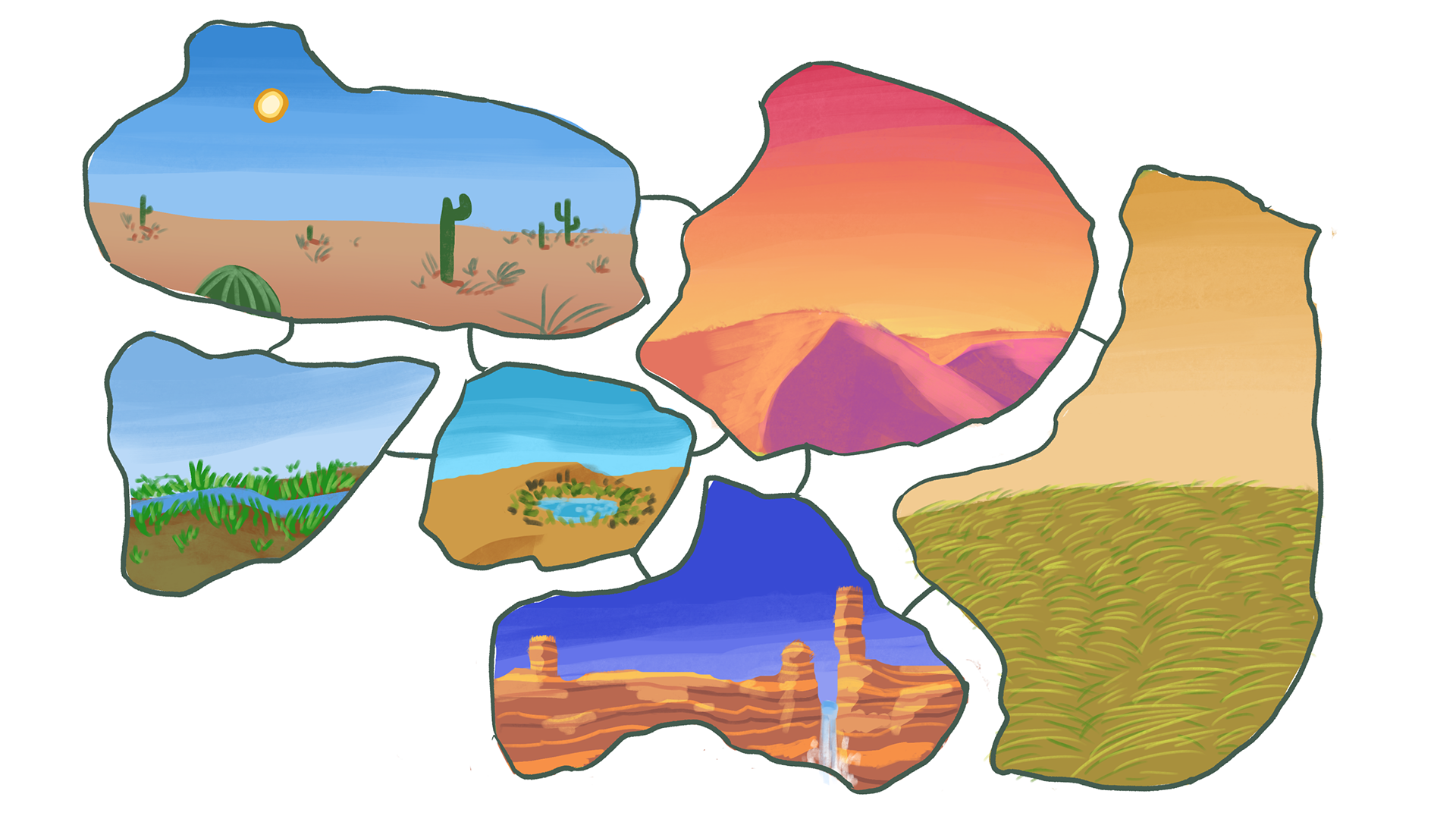
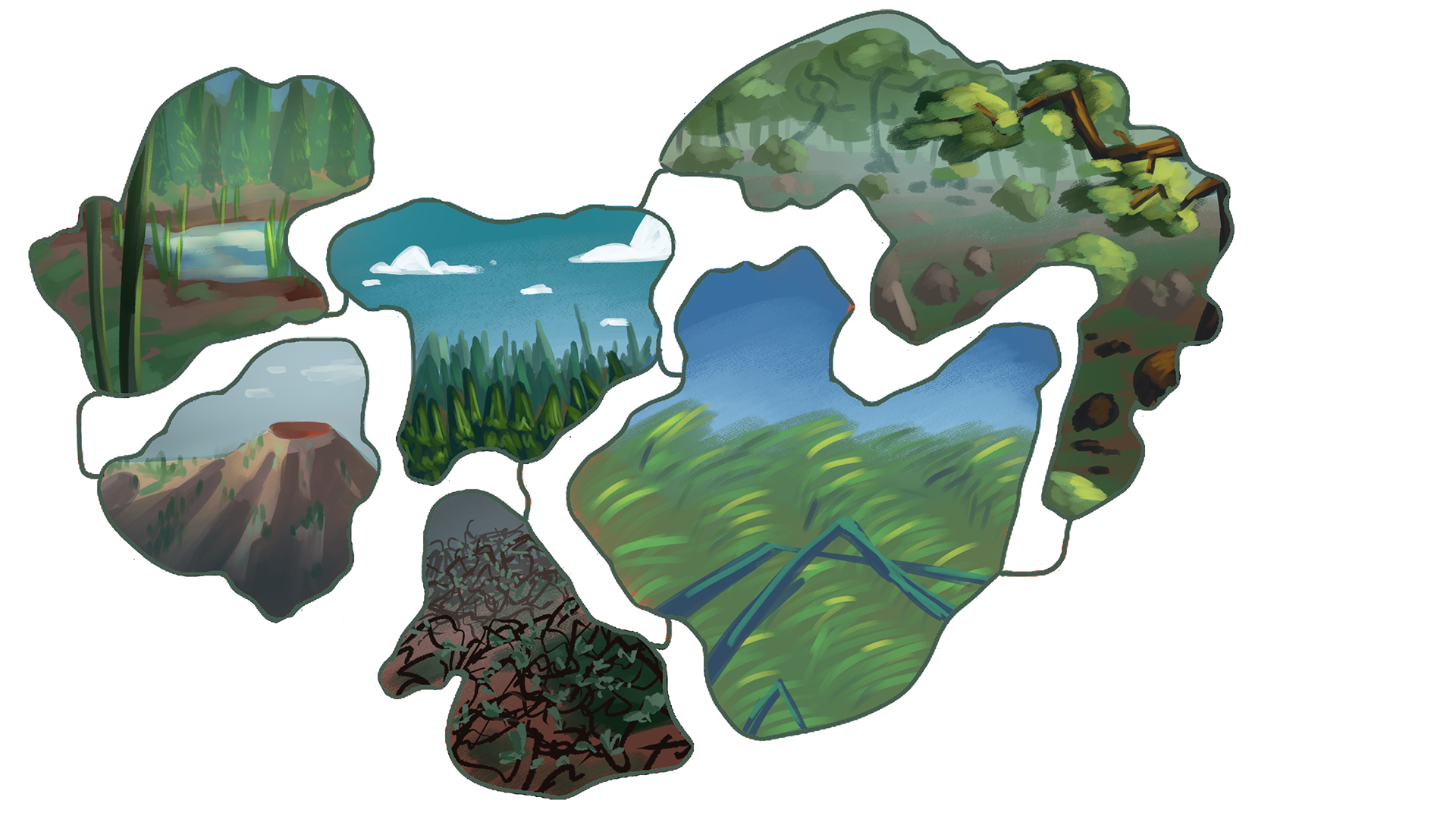
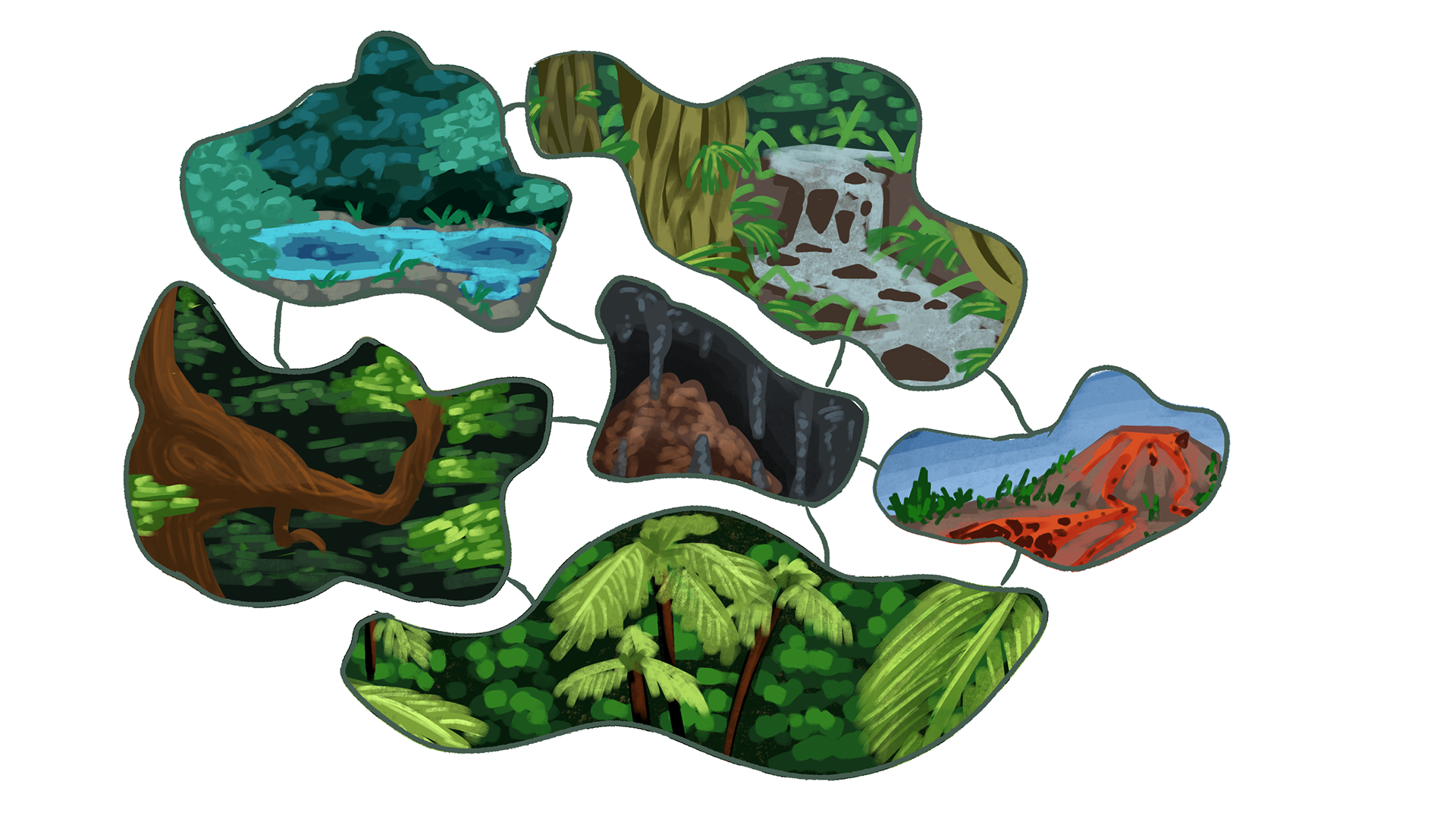
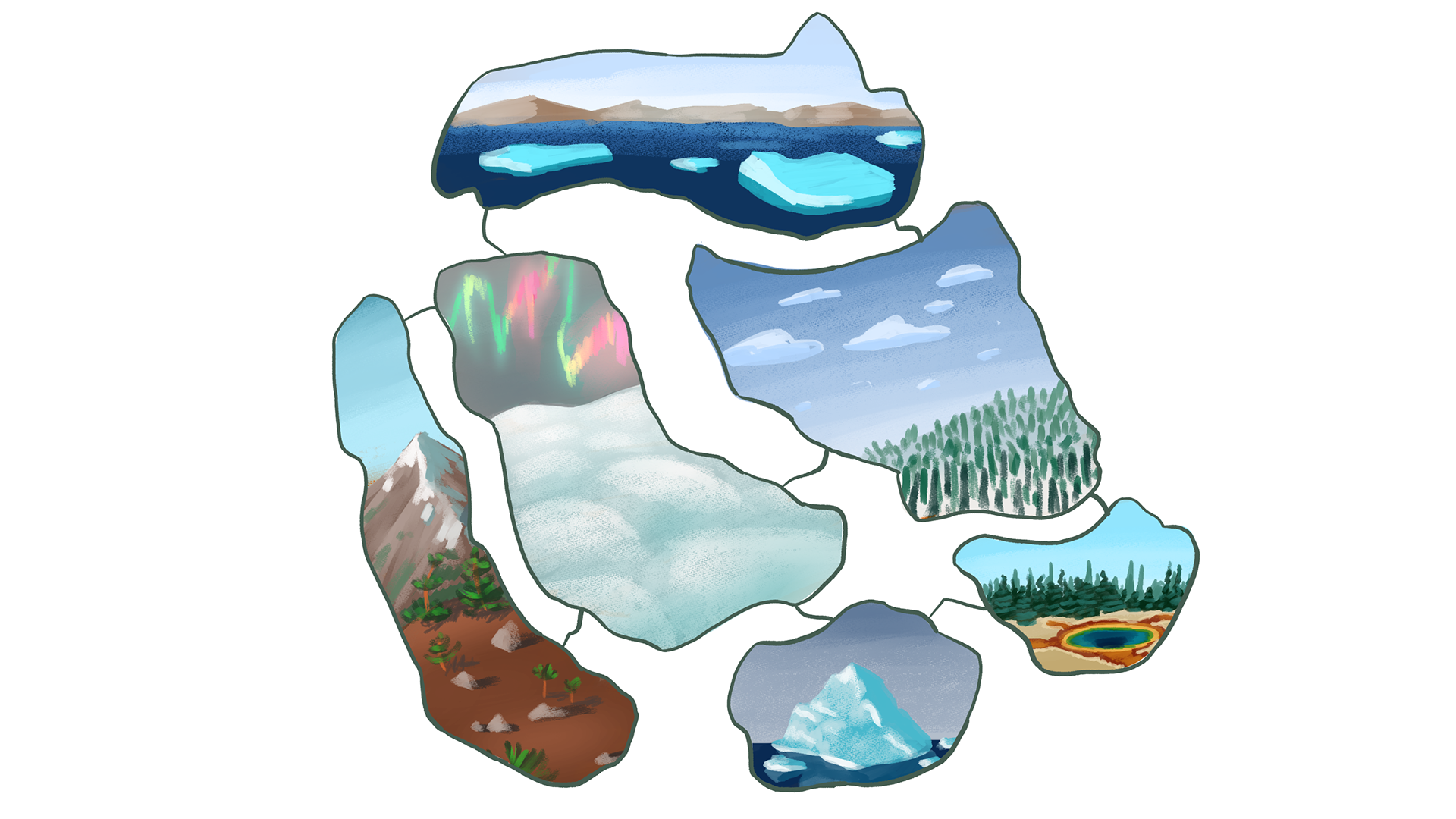
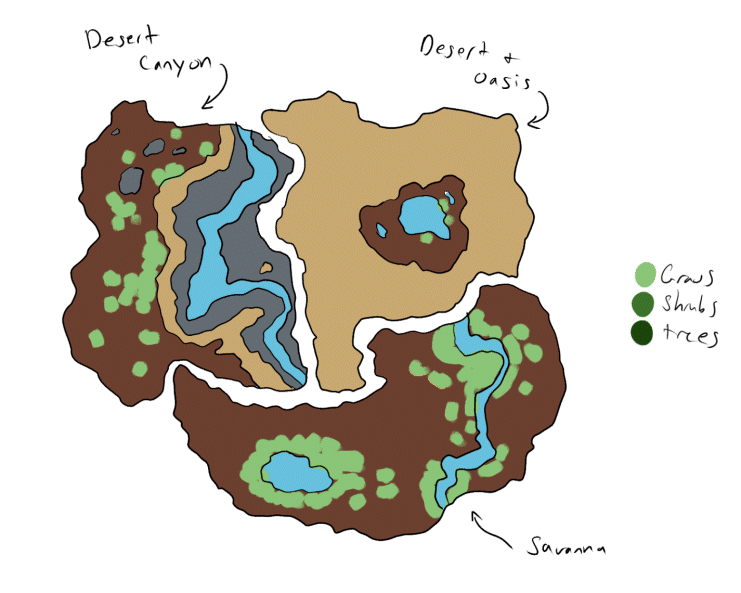
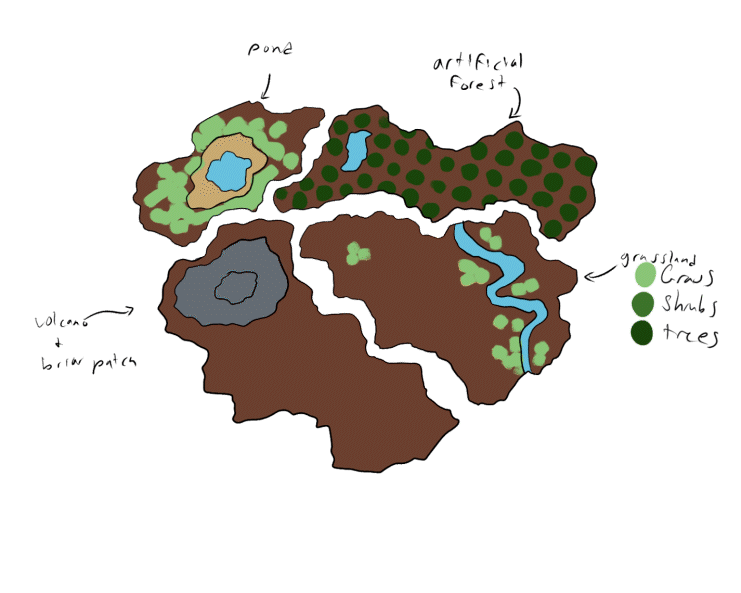
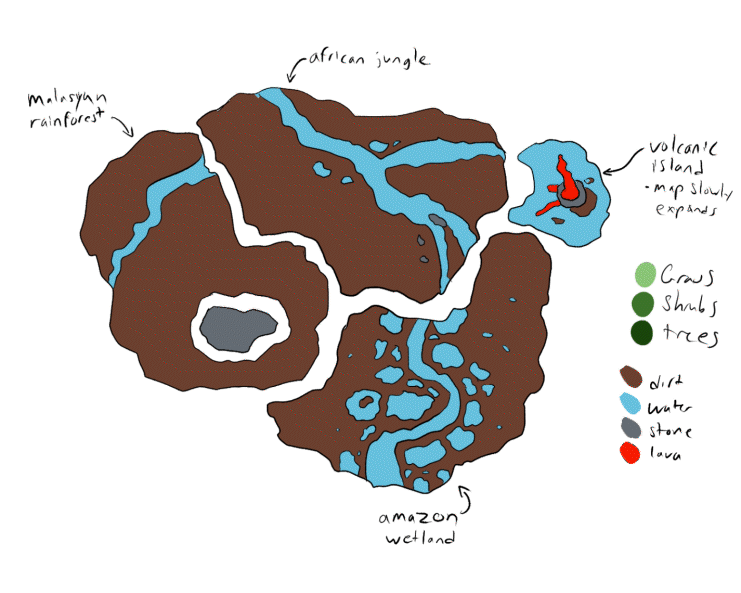
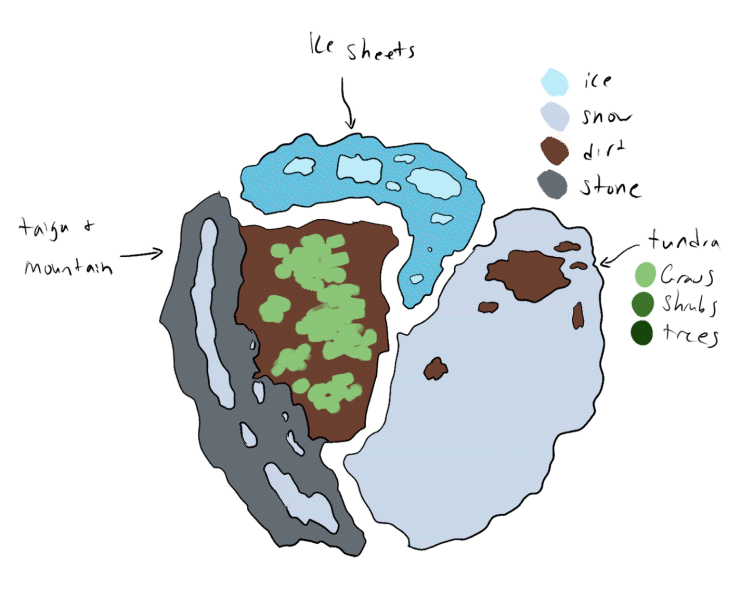
The game also featured a cast of scientist helpers. While my designs weren't used in the final game, I'm still very proud of how they turned out. I was also able to create some expression sprites for one of the characters, which did get used.
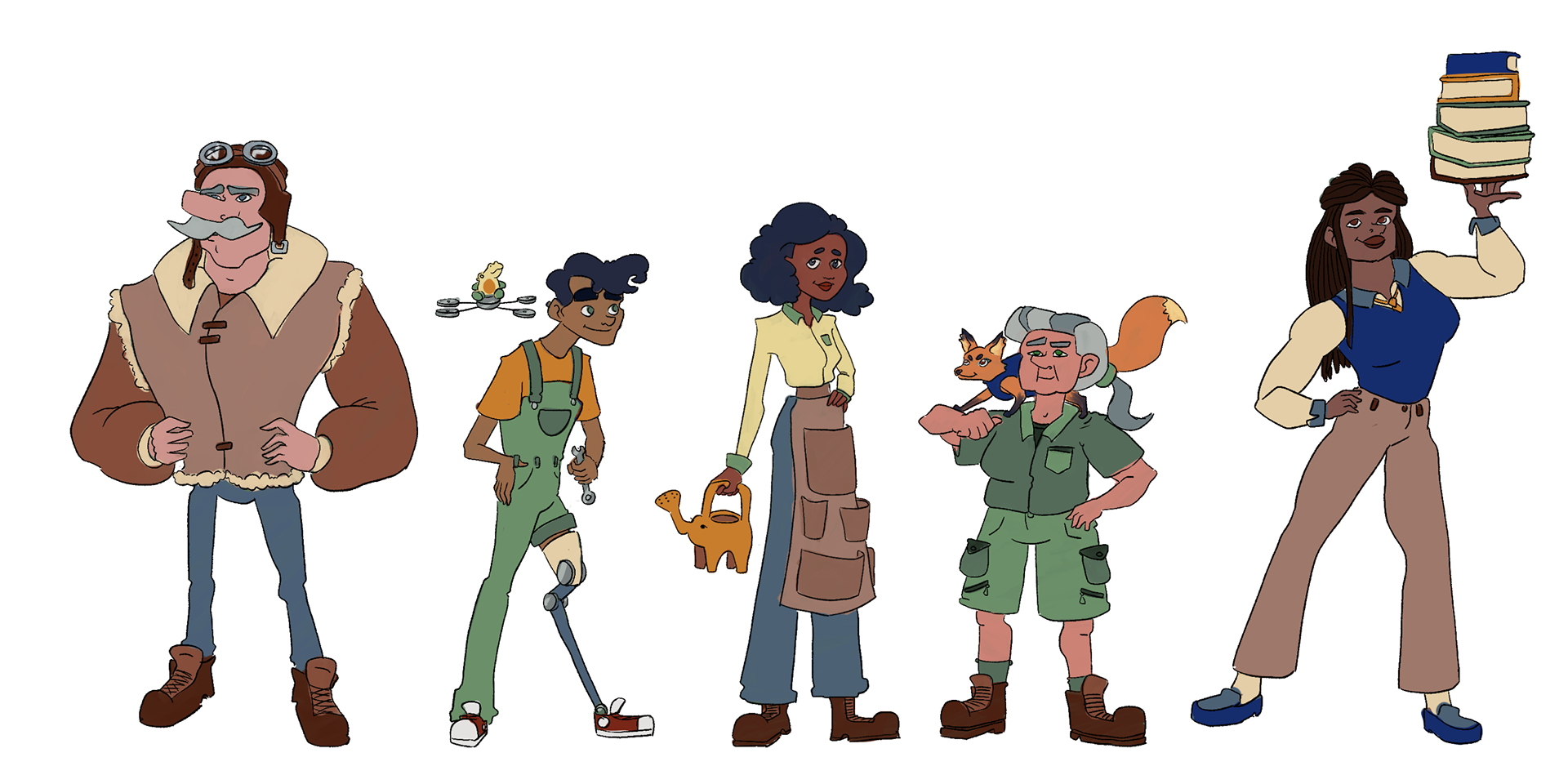
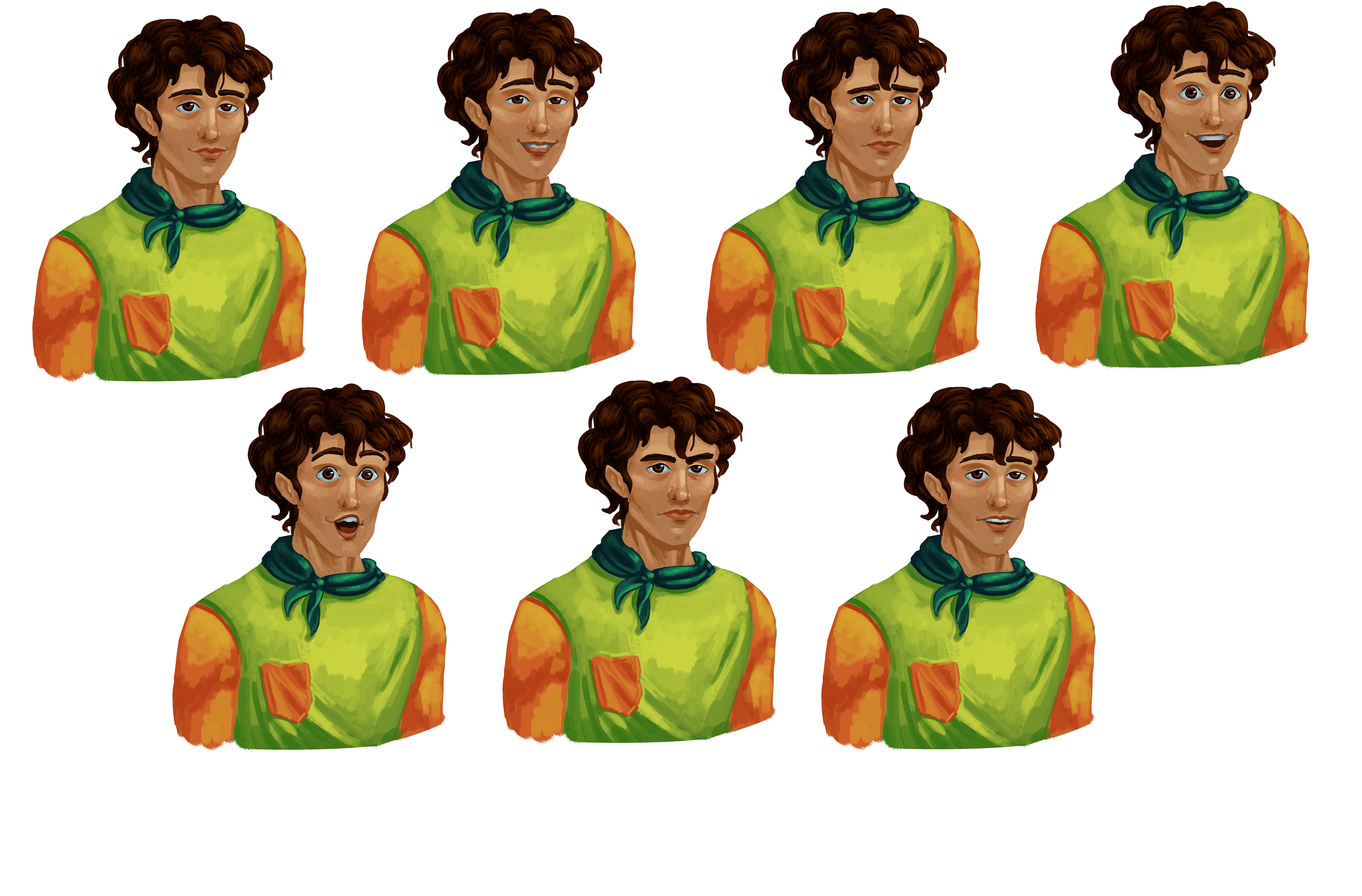
While that was going on, I was also working on the narrative and visual teams as well. Aside from the cast of scientist characters, I got to work on the designs for the cards themselves! I had come up with a list of cards that would be necessary, as well as the various level designs for each "lesson." Using this list, the visuals team worked on creating high quality illustrations for the cards. I joined them on the illustration front while working out the specific values for each of our cards statistics to make the game balanced and fun!
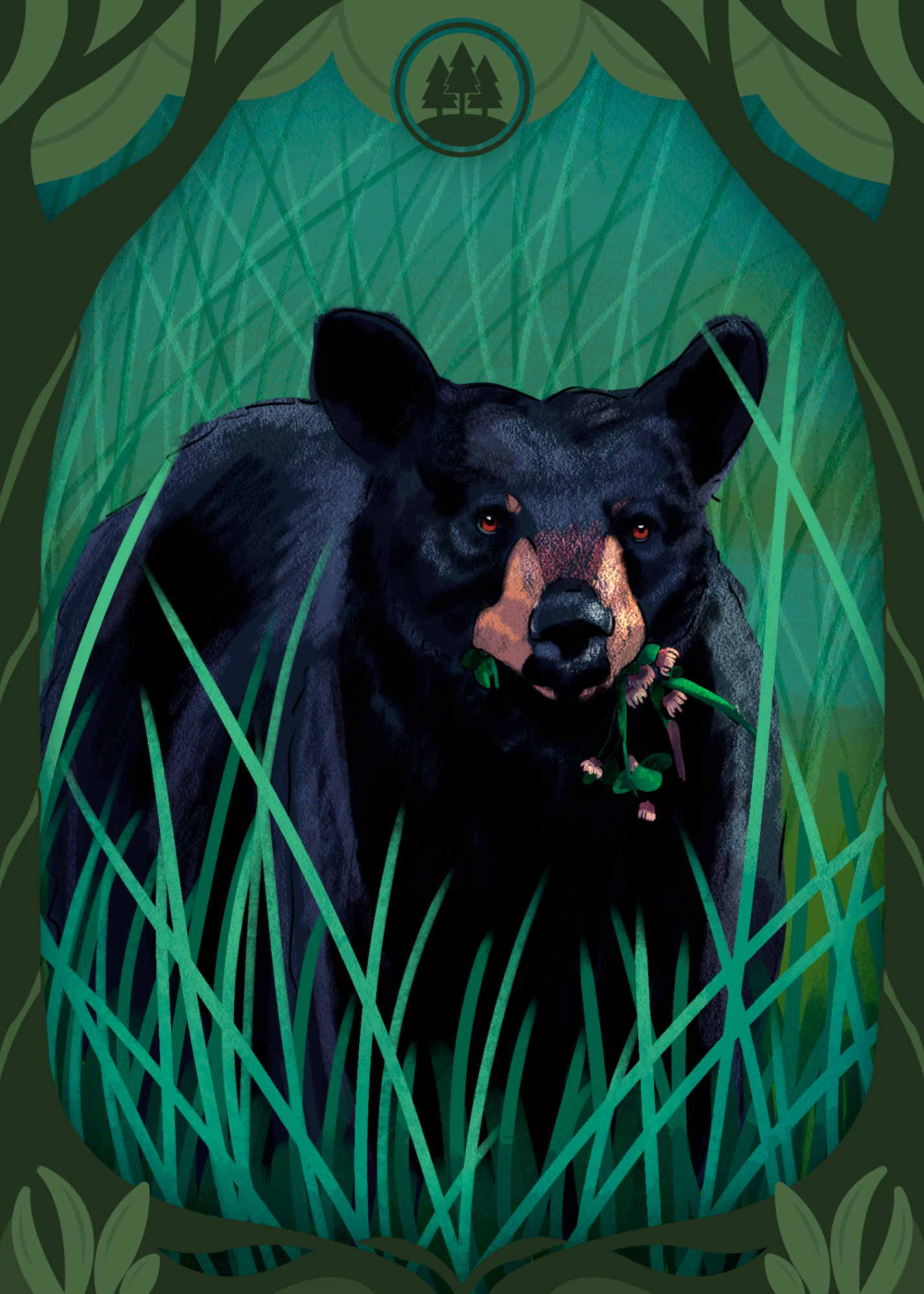
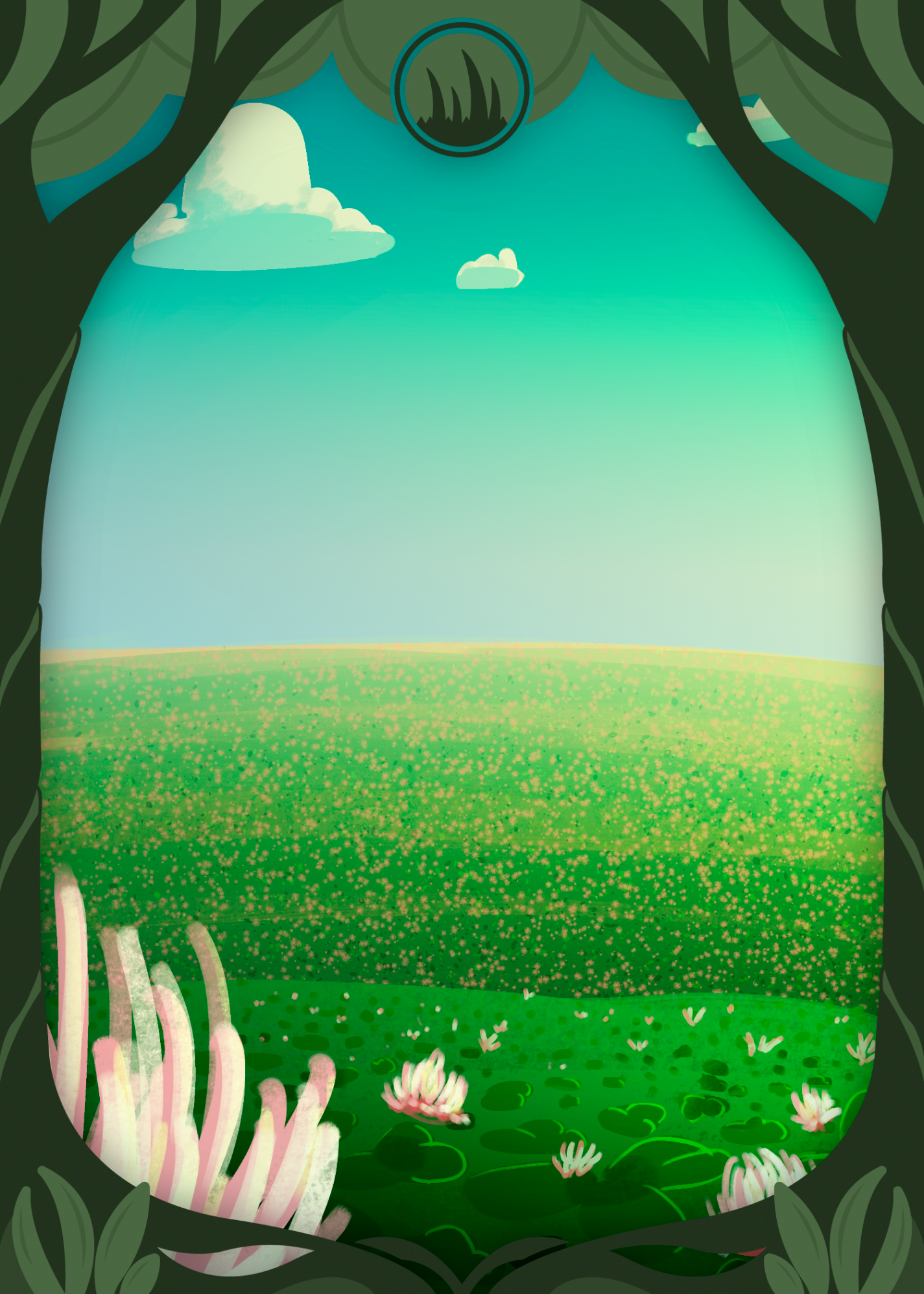
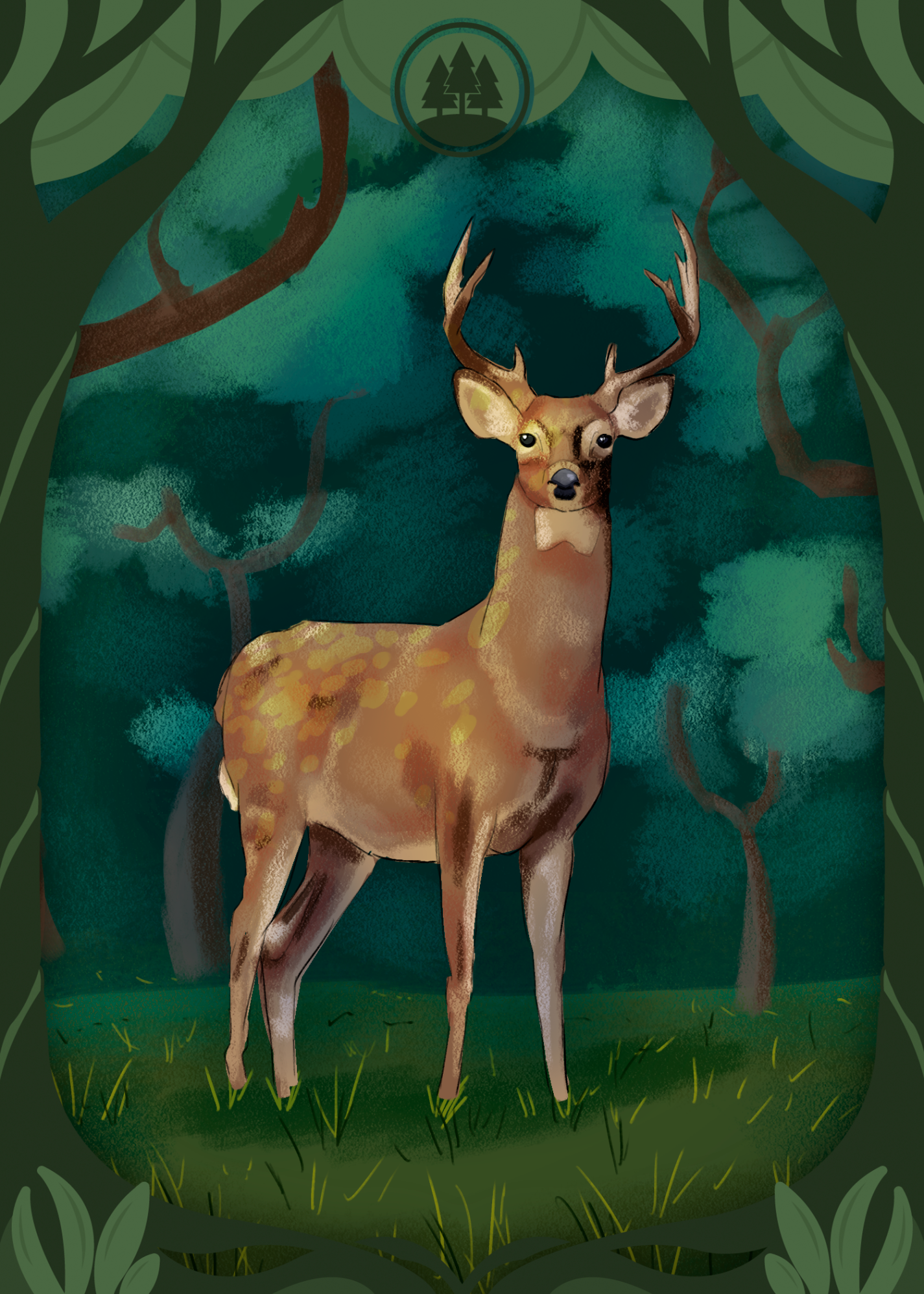
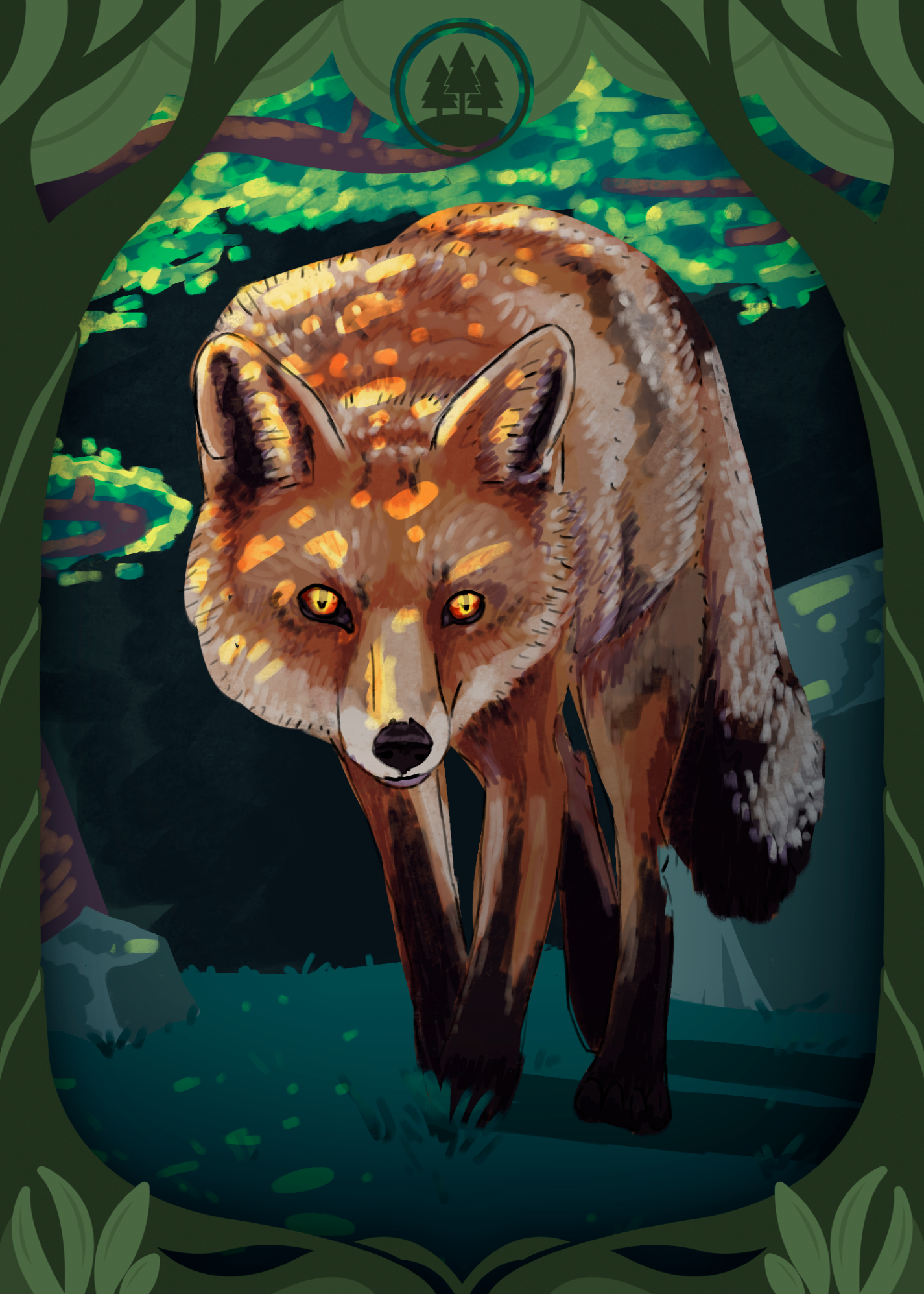
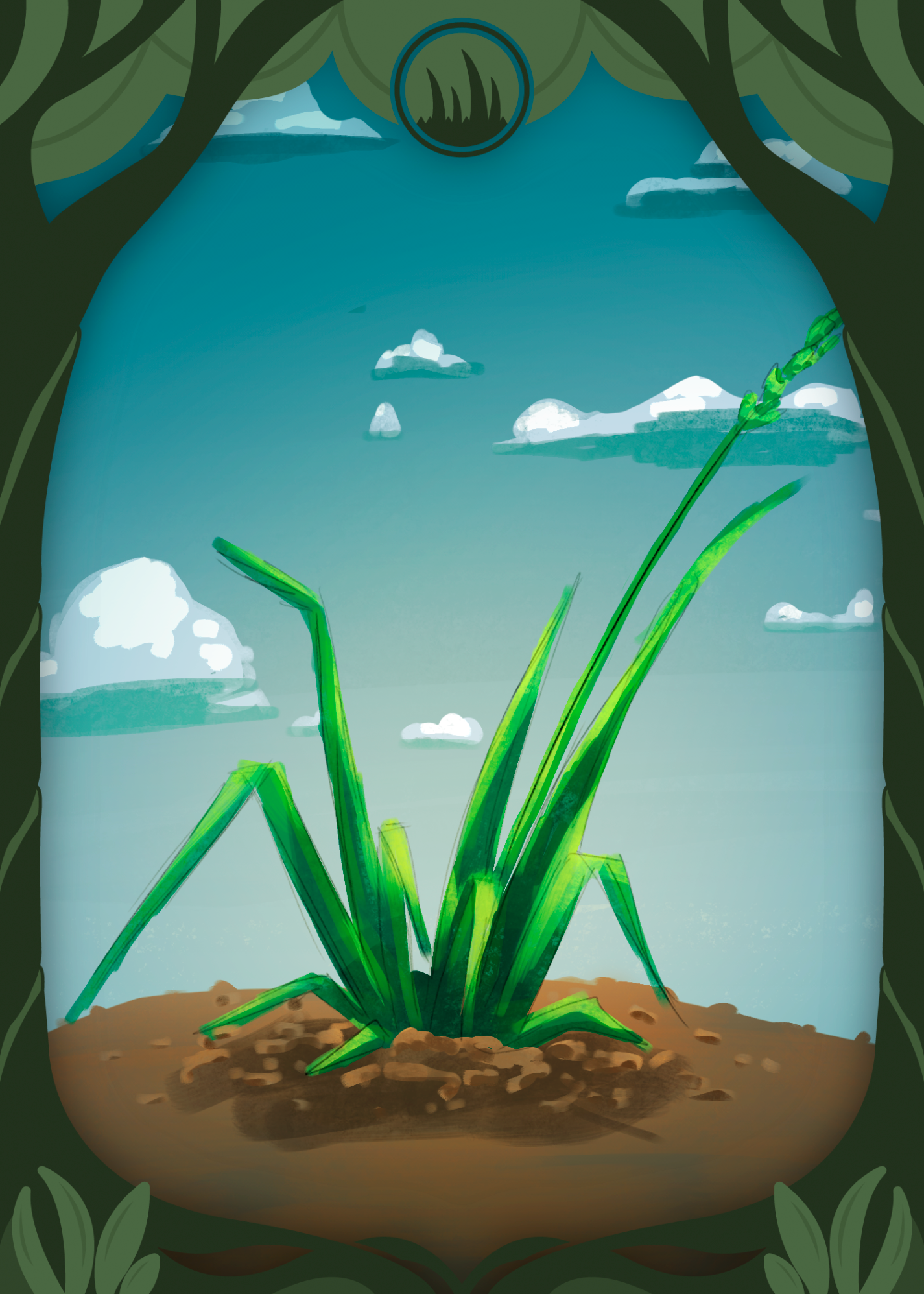
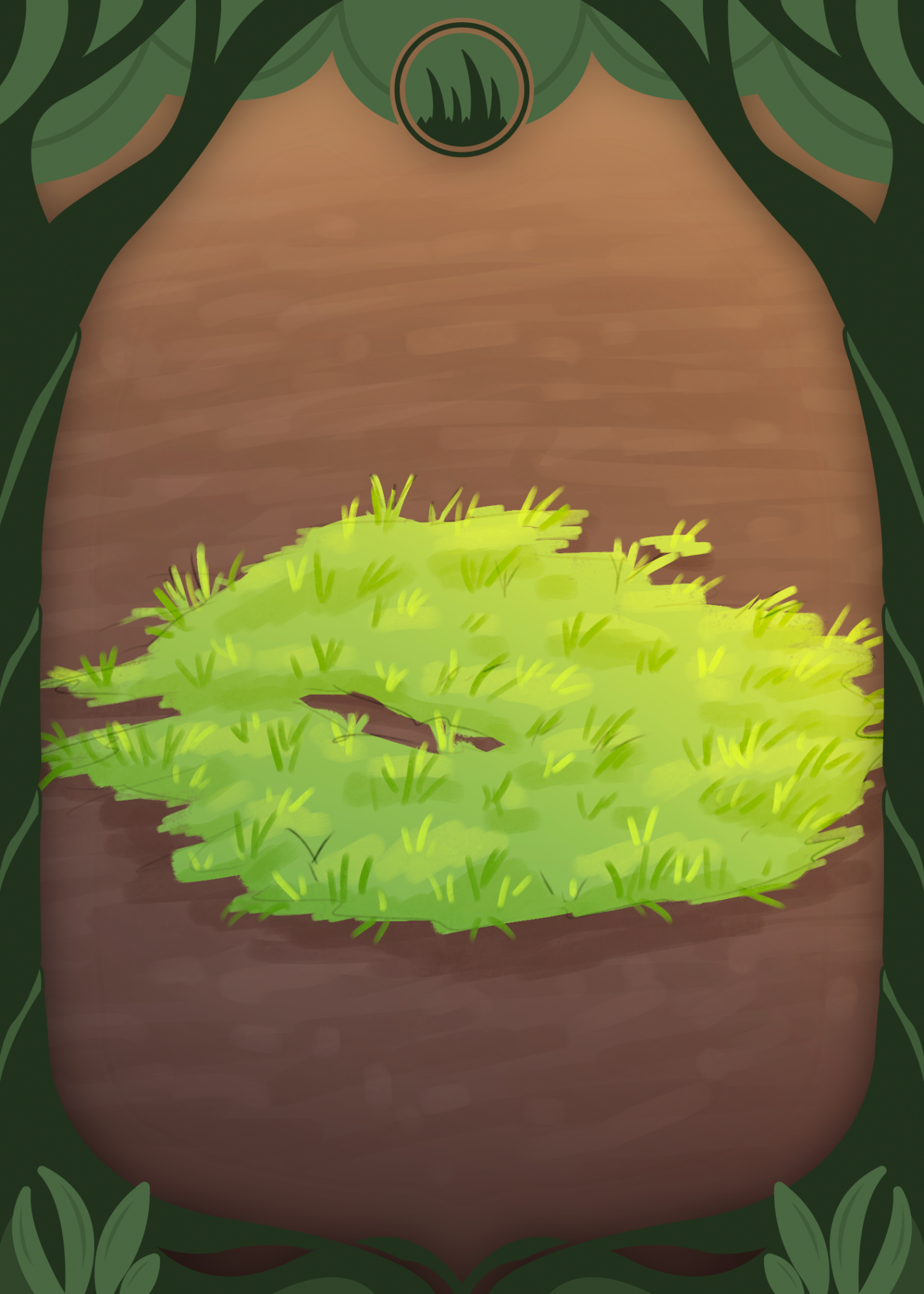
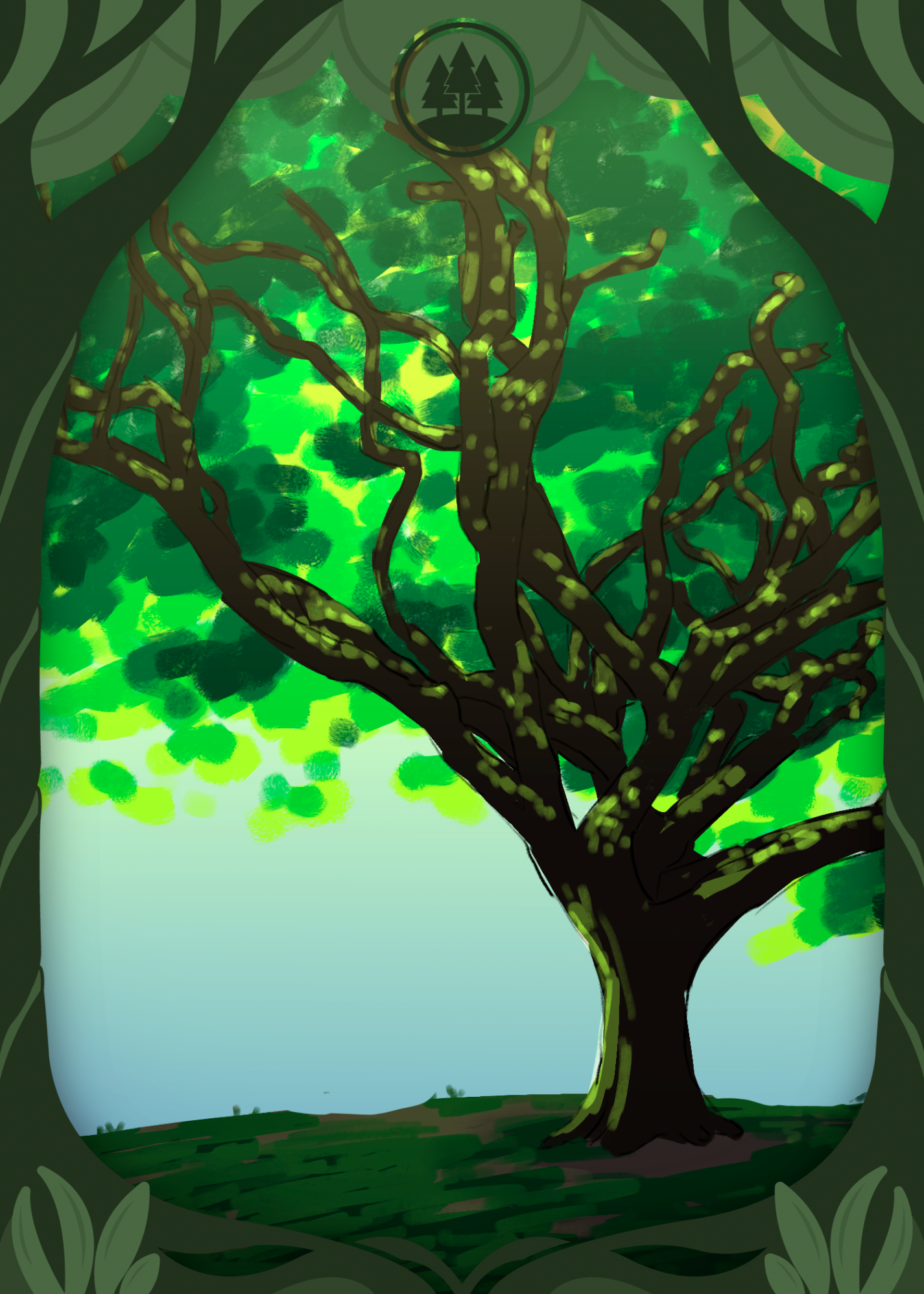
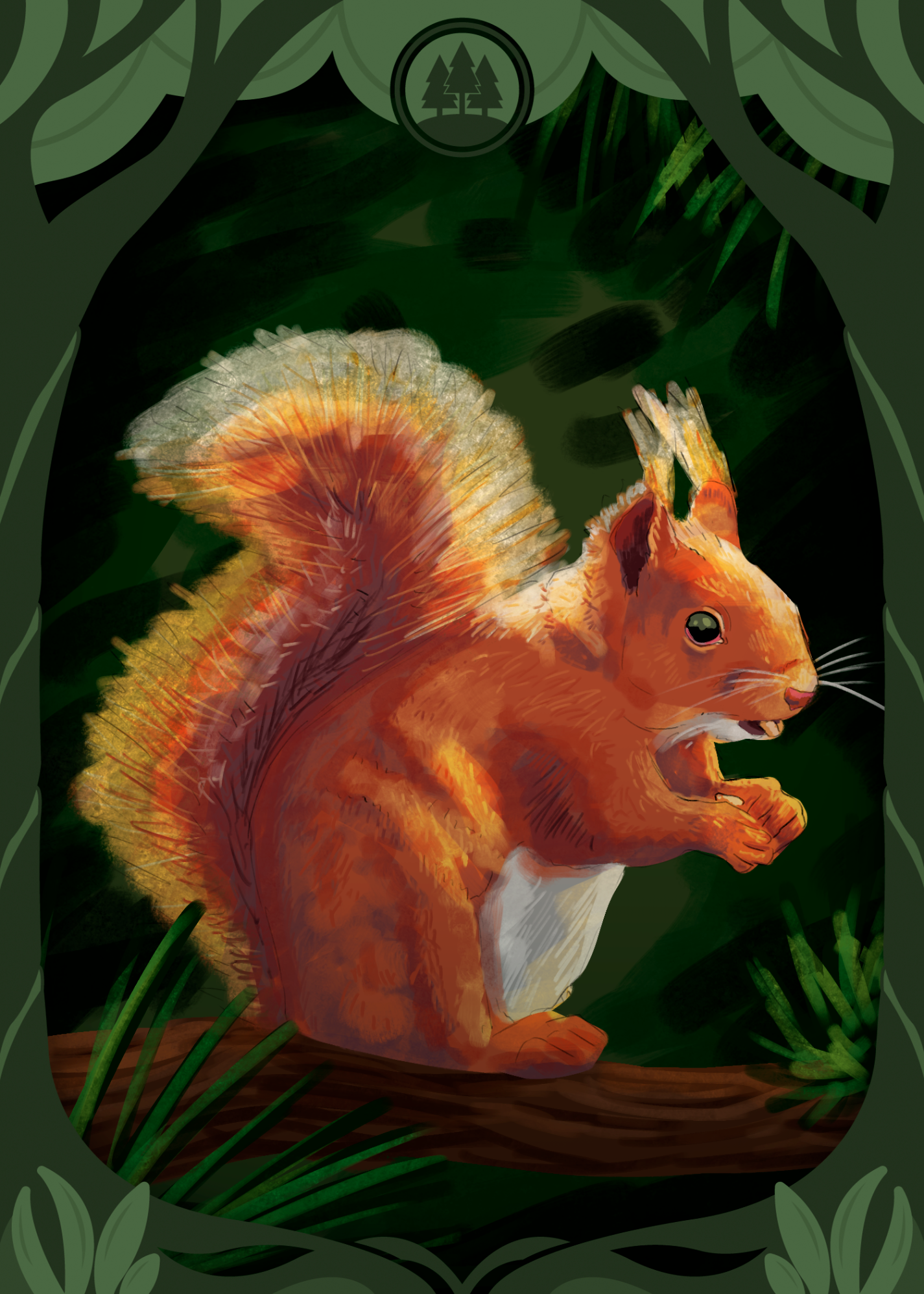
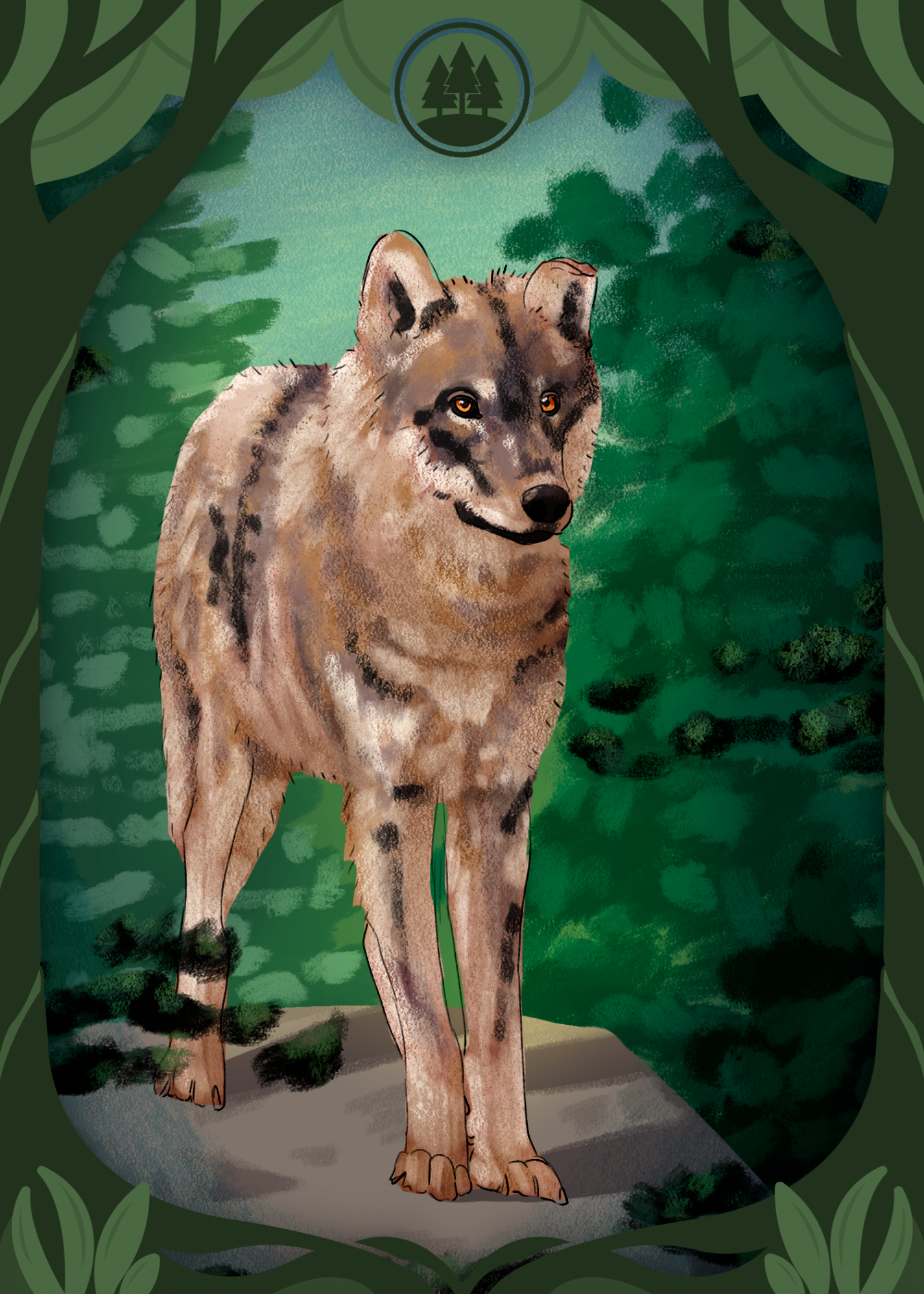
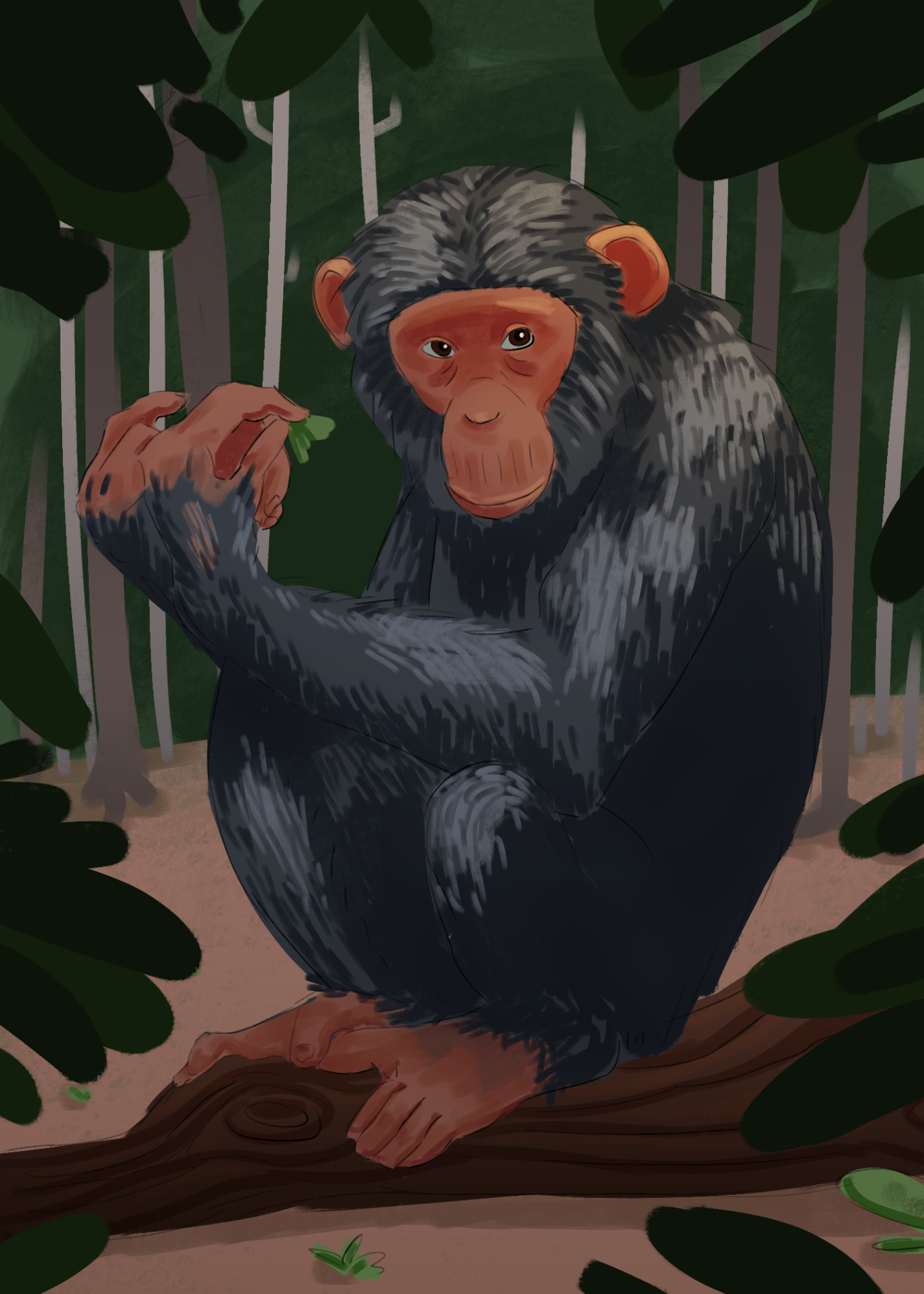
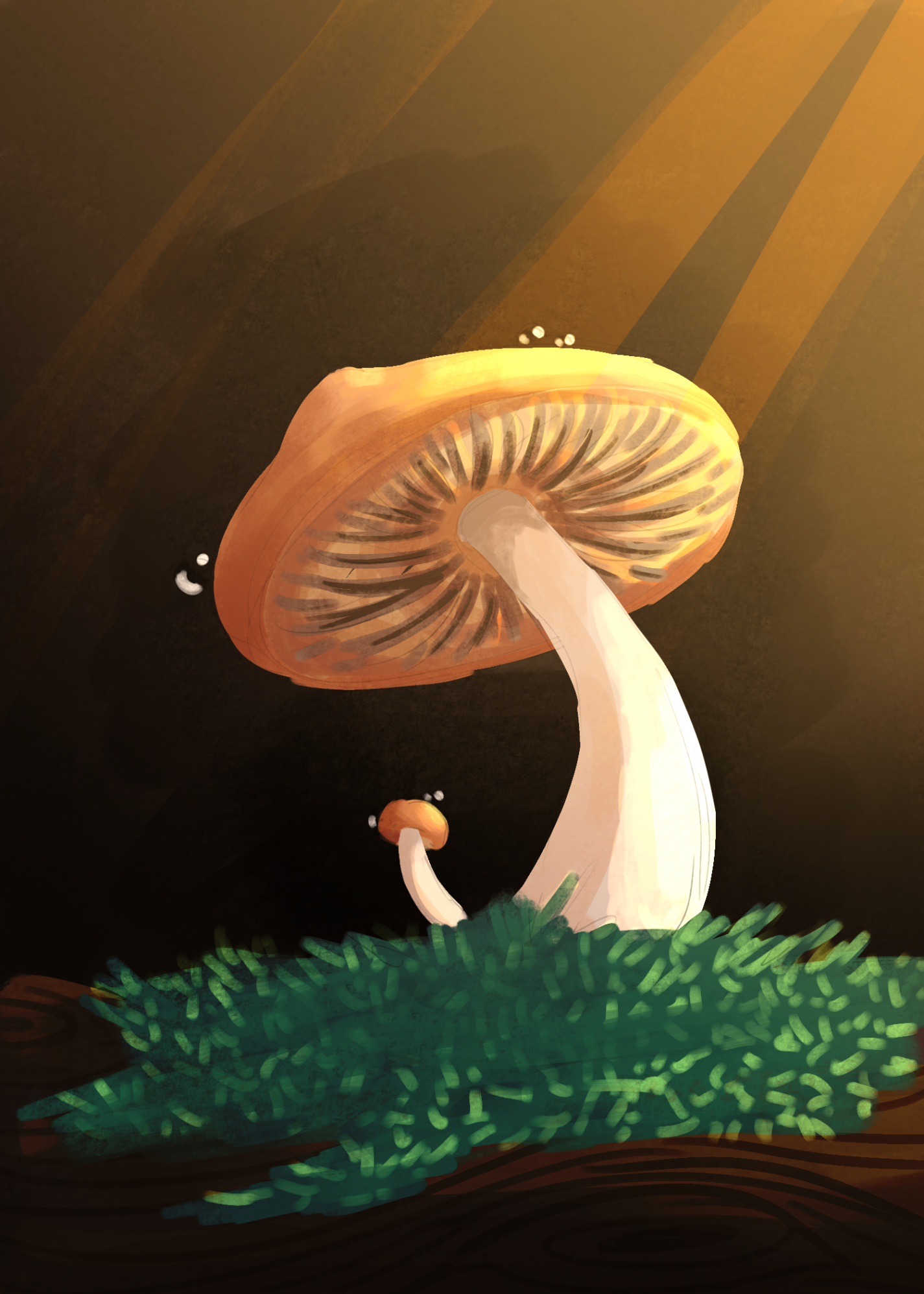
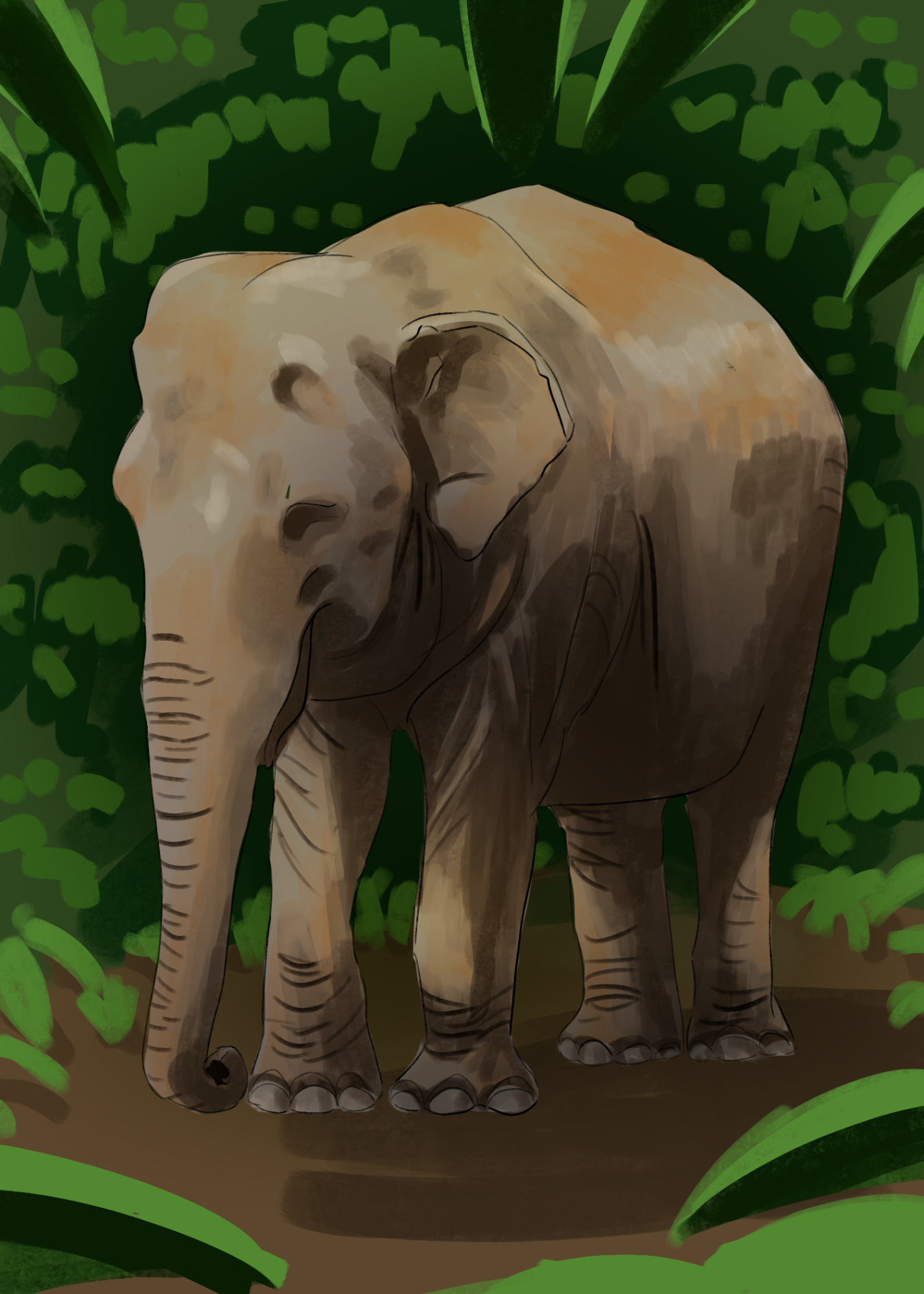
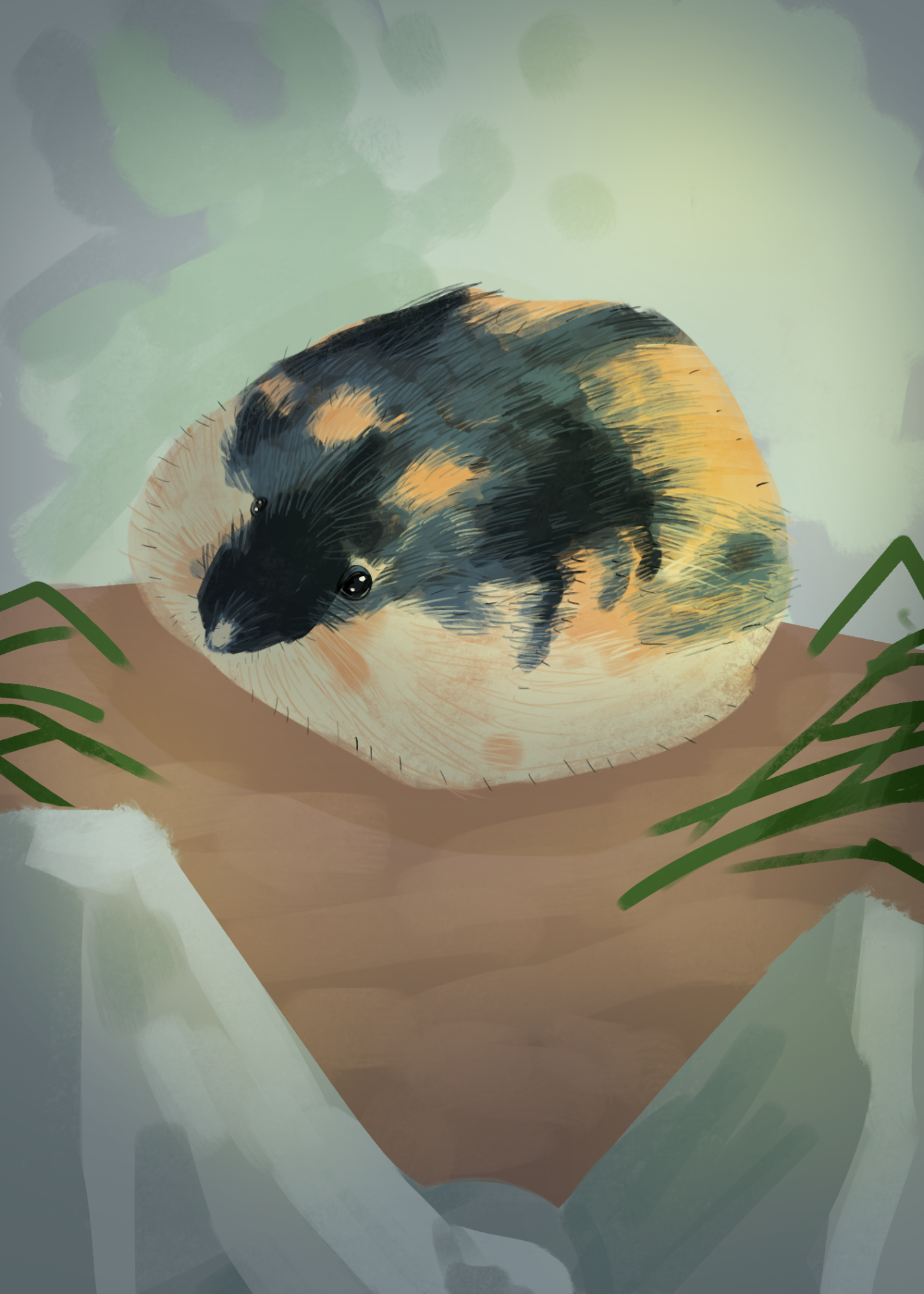
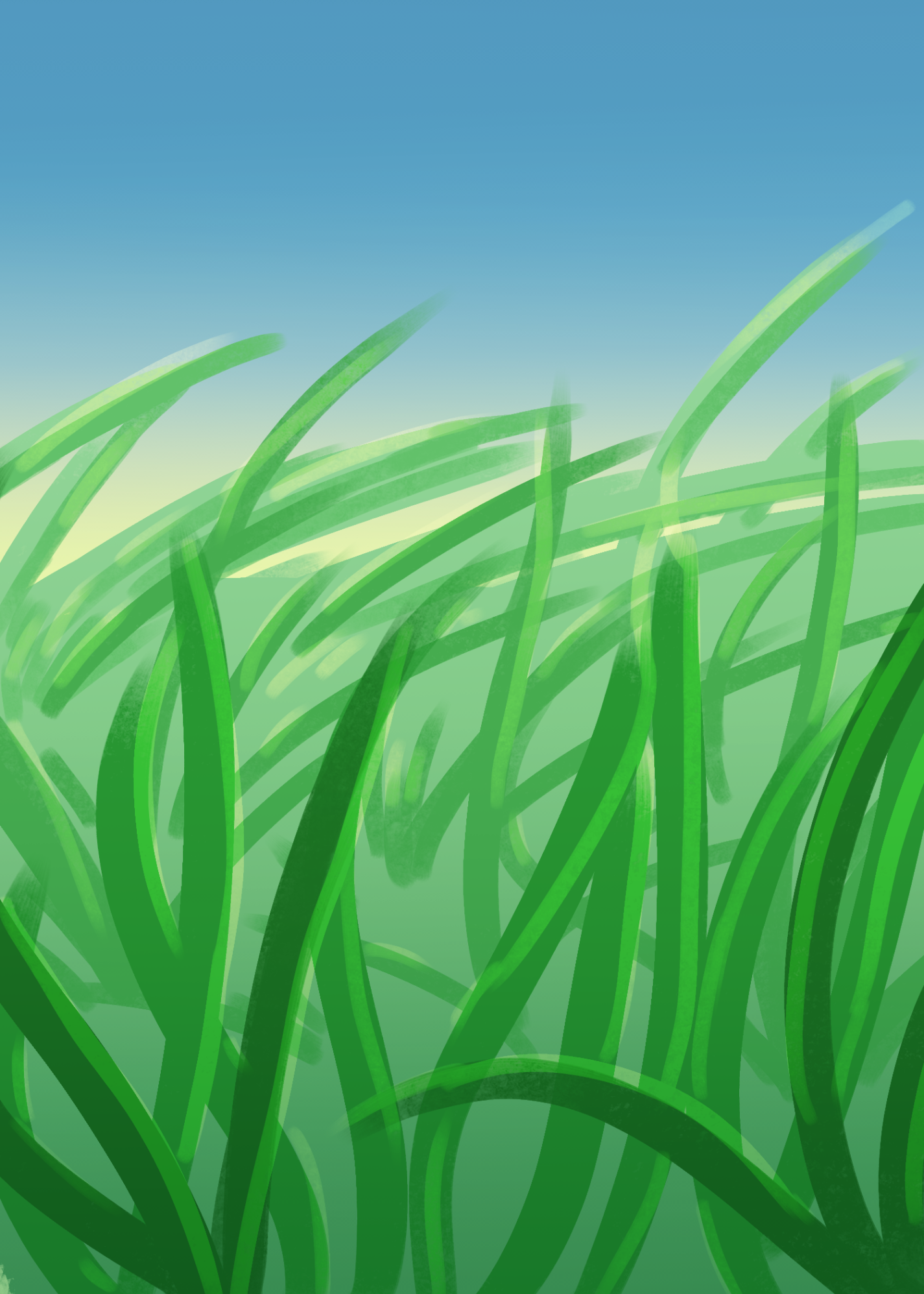
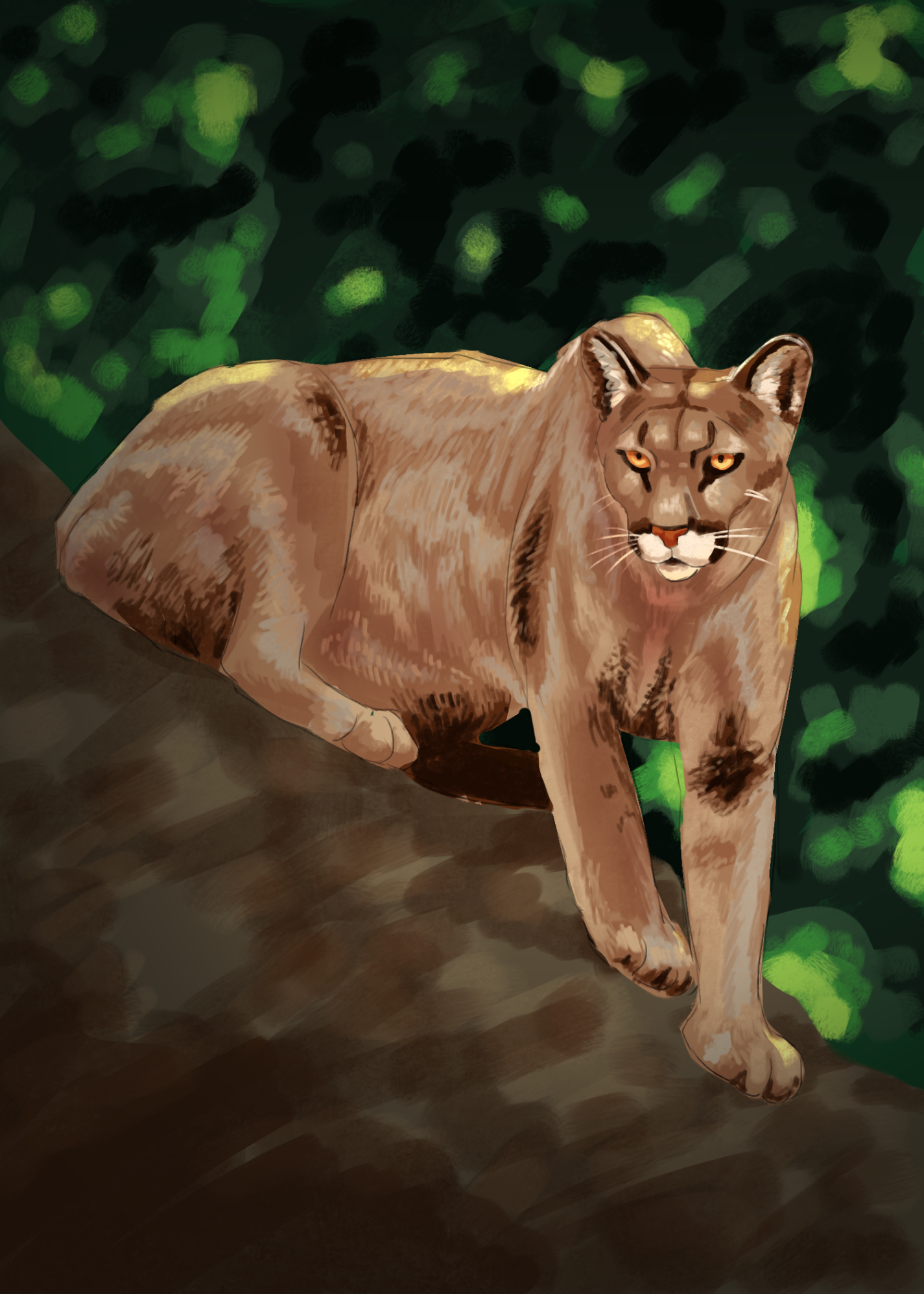
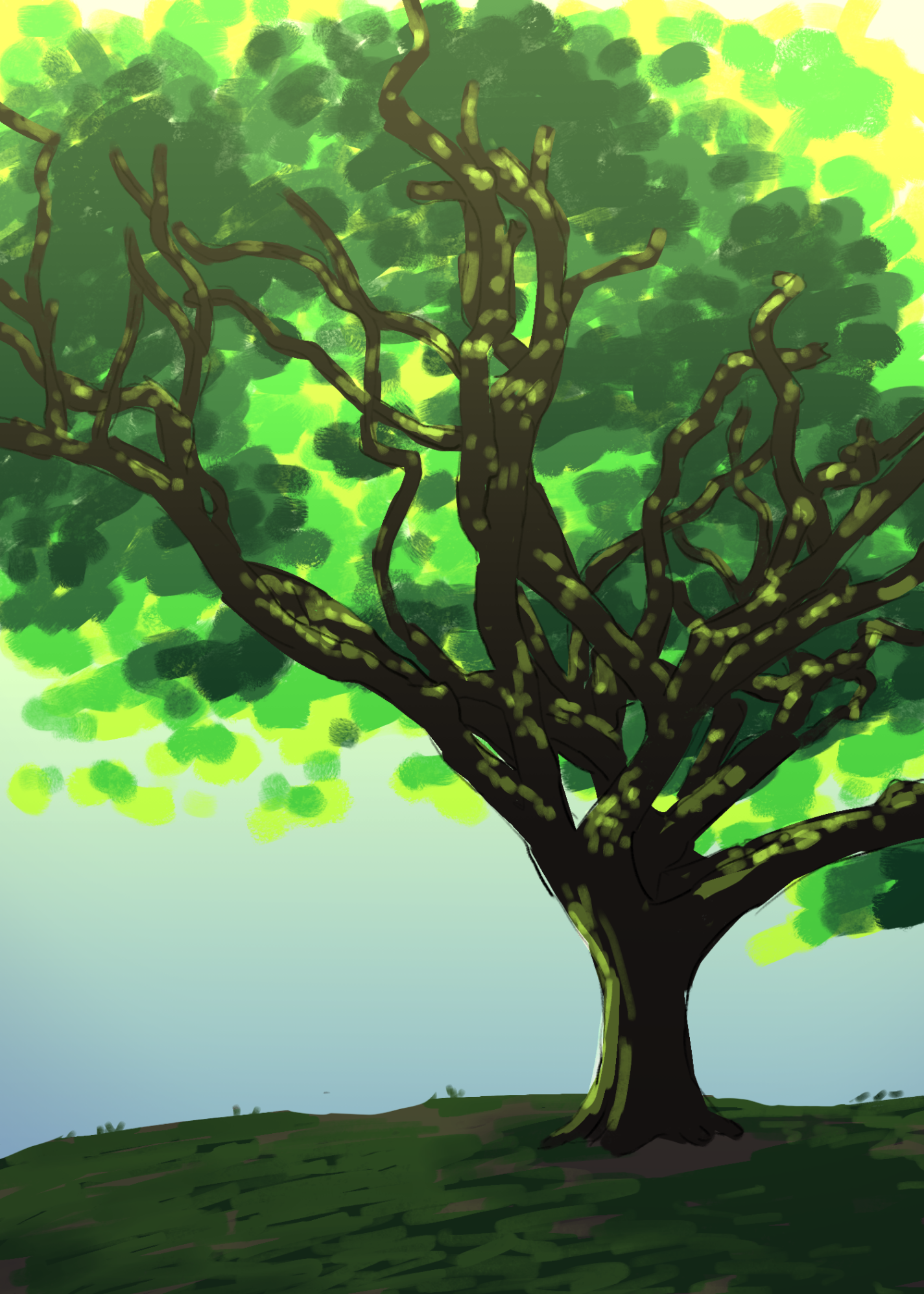
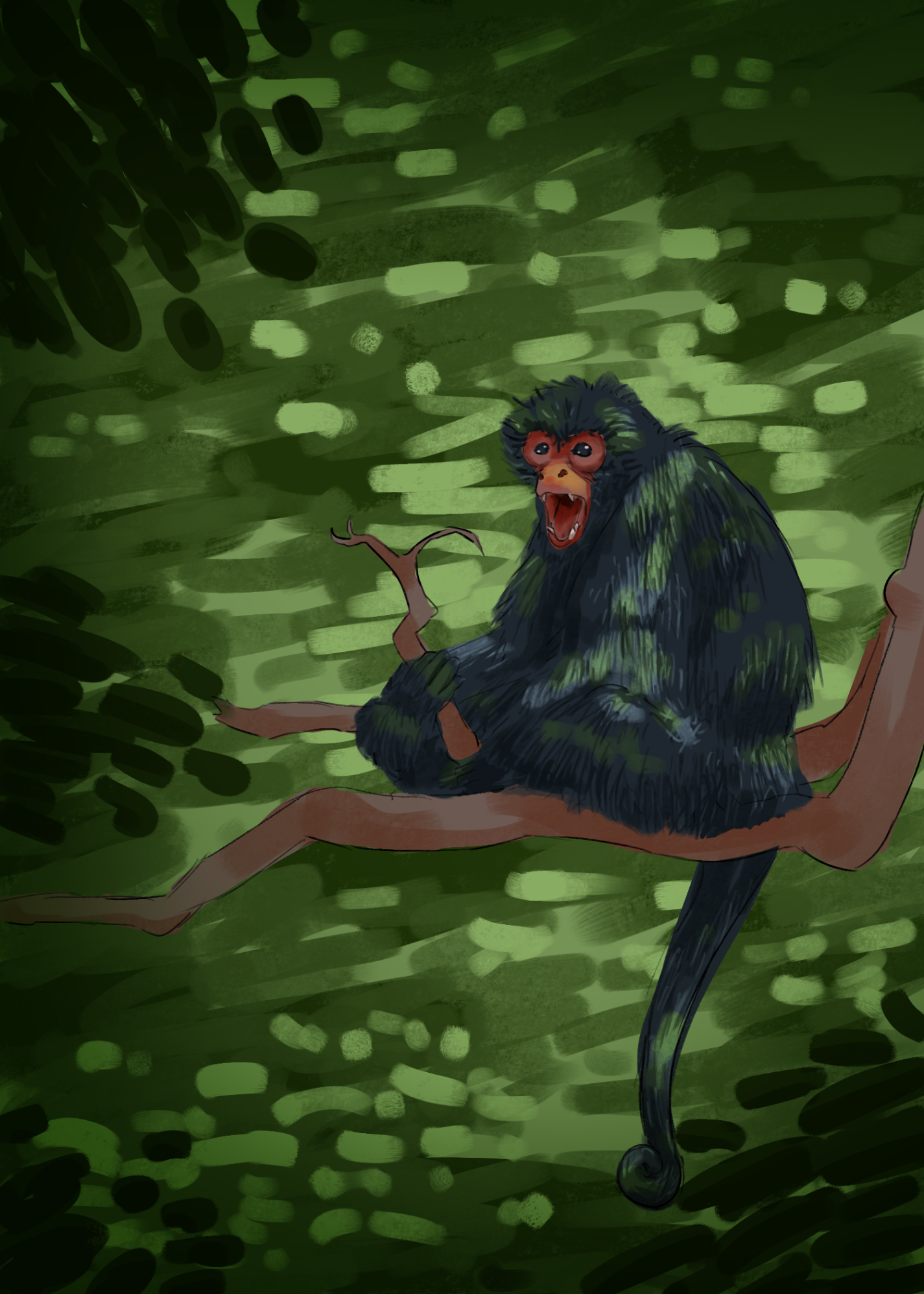
A thank-you note from the SCADPro Professor after the first quarter.
I returned the next quarter to continue my work on this project, doing much of the same work to ensure we were producing the best possible result for the client. They picked up on how passionate I was about education, and sought me out for a paid internship once the SCADPro had ended, where I worked with them to create some character designs, 3D assets, and motion media tests.
Unfortunately, I joined at a time when there was some pretty major restructuring going on, so I didn't get to stay as long as I would have liked, and I didn't get much direction either as my supervisor kept changing. As a result, I didn't get much portfolio-quality work from it. It was still a great learning opportunity and a wonderful experience, though!
Some unused designs for additional friends for Strider, K12's fox mascot.
All work displayed on this page is my own.